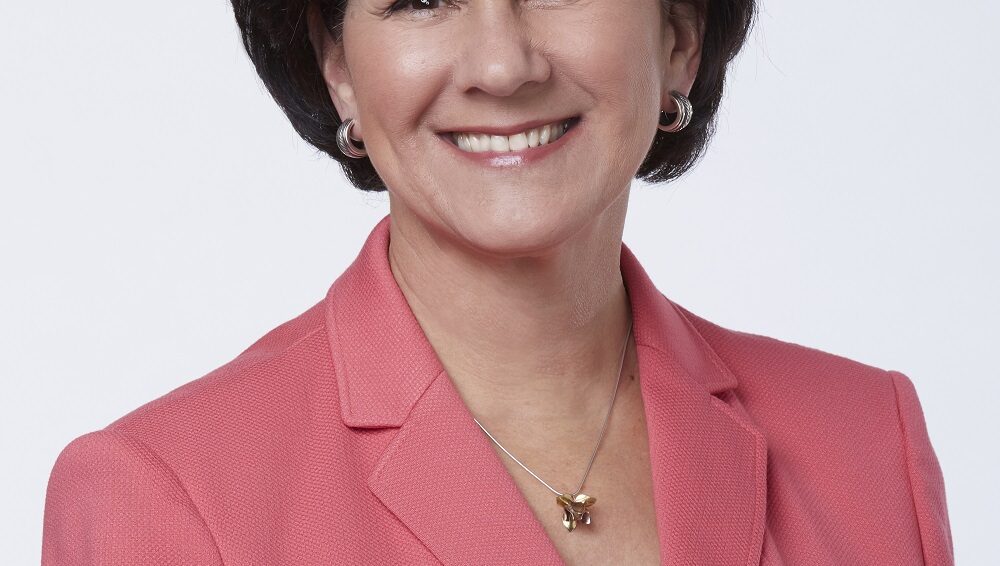News & Commentary
Bold Leadership Working for Community College Students

Today, the vast majority of California’s public school students are from low-income families or from populations historically underrepresented in higher education—including Latinos and African Americans. These students are the face of California’s future.
However, these students face significant barriers in their pathway to a degree, and their college completion rates remain far below white and Asian students. Underrepresented students comprise about one-half of high school graduates, but only 28 percent of bachelor’s degree graduates.
Changes must be made to support students and to improve equity. Improving postsecondary achievement is central to California’s future, so shouldn’t college success be an option for every student?
The California Community Colleges are moving in the right direction. Chancellor Eloy Ortiz Oakley’s office has exhibited bold leadership, making significant changes and investments designed to improve the community college system—changes that get students the support they need to move more quickly along the pathway to a degree. Changes from the chancellor, governor, and legislature have included the Vision for Success, the implementation of Guided Pathways, the passage of AB 705, and other efforts to set goals, improve completion and transfer, provide guidance and resources, and reform remedial education.
Of California students who enroll in public higher education, 70% enroll in one of our state’s community colleges.
As the gateway to opportunity for low-income and first-generation students, the California Community Colleges are stepping up to the plate.
At the heart of these colleges are the faculty, serving students every day with passion and integrity. We wholeheartedly believe in their vitally important role as they work together with administration in service of student success.
We also believe that the inequity of the status quo is unacceptable, and that bold leadership and action are required to change it.
This work is difficult, but absolutely necessary. In fact, it is the how—the implementation—that is the hardest and most important piece of the puzzle.
Let’s not back away from each other. Let’s solve the puzzle together. Let’s make it work for students.

Monica Lozano
President & CEO
College Futures Foundation
